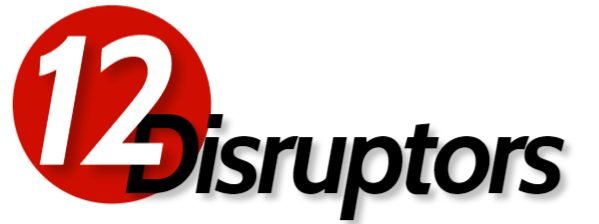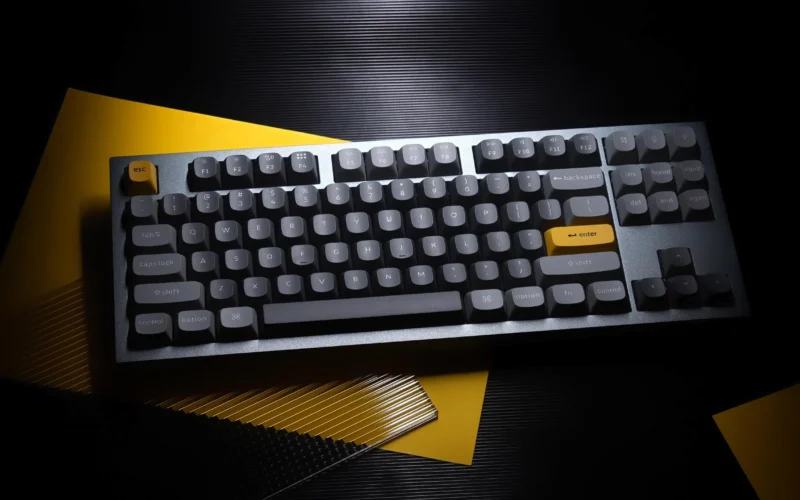The ordering of the rows is not standardized, thus Esc row may be labelled R4 in some sets and R1 in others. When noting the row numbering, just bear in mind the context of the remainder of the set. Even if one set claims that an Esc profile is R1 and another R4, Esc profiles are always Esc profiles. Read more about mechanical keyboards.
Wireless versus wired
Since Bluetooth’s latency and consistency rely on your setup and demands, choosing between wired and wireless is primarily a matter of personal preference. Most likely, you already know whether or not you want Bluetooth. There shouldn’t be much of a drawback because most Bluetooth boards can also operate wired.
For reduced latency and to avoid worrying about battery life, you might want to consider switching wired if you’re a serious desktop gamer. Another enjoyable option to further individualize your setup is to customize your dedicated cable.
Hot-swap
Hot-swap refers to sockets on the PCB that enable unrestricted switch insertion and removal. In the past, keyboard switches had to be permanently attached to the PCB by being soldered.
The main advantage of hot-swap is that switches can be changed without disassembling or soldering. As a result, a board can be easily modified in the future by just switching out the switches for a completely different experience. This makes it simple to create totally unique layouts with individual keys using certain switches, such as distinct switches on the Spacebar.
Make sure your row profiles are being correctly covered. Quickstart Guide to Mechanical Keyboards. When determining compatibility for keycap sets on a compact or non-standard layout. Compact boards frequently place 1u keys in R3 and R4 that are unmatched by any other keys in a set of conventional keycaps. In order to have the correct profile and have the keys “feel” accurate while typing, you can use Novelties or blanks for any keys that don’t have an equivalent for that row. A keycap with the correct label can also be used; you will only have to adjust to a slightly different keycap form. This feature makes mechanical keyboards stand out from others.
Certain keycap sets have a standard profile. As a result, you can easily shift keys to any location without mucking up the row profiles because the entire keycap set has the same profile.
Materials: PBT against ABS
The two most popular types of plastic used to make keycaps are ABS and PBT. ABS (Acrylonitrile Butadiene Styrene) is a tough plastic that is frequently used in helmets and toy plastics. It is resilient to impacts and corrosive substances and can have very vivid colours.
ABS’ drawback is that it ‘shines’ easily with time. You might observe that matte ABS tends to produce sparkling wear areas after a few months of heavy use, which is typically seen on laptop keyboards. The advantage for manufacturers is that it is simple to mould and easier to achieve specified colors.
Under high temperatures and strain, PBT plastic is a fairly stable substance. Quickstart Guide to Mechanical Keyboards. PBT keeps its surface over time and, unlike ABS, resists shine. The drawback is that it can cost more because it might be more difficult for manufacturers to produce.
PBT material is preferred over ABS in theory, although many manufacturers may only make one kind of plastic. If you have a preference for a certain manufacturer or colour, your options may be limited.
The legend is removed by a machine using a laser once the cap’s surface has been coated, revealing the plastic underneath (normally transparent). The exterior coating of laser cap legends can flake off after prolonged use, causing them to deteriorate with time. Laser legends are easy to spot since the underside will be made entirely of a single type of plastic. On the bottom, the margin of the exterior print can usually be seen, and there will typically be an uneven coating there.
On the keycap itself are pad printed legends. Pad printing might deteriorate with time as repeated use removes the print off the caps. The legend will typically feel slightly lifted from the keycap’s surface, which is a sign of pad printing.
The typewriter feel is most closely resembled by clicky switches. They are wonderful if you have a separate workplace or live with someone who doesn’t mind the loudness because they provide the most input (both aural and tactile). The manner that clicky switches generate their click gives them a distinctive feel. This would imply that the switch has a little more “give” before it “snaps” into activation.
In order to physically indicate where the key actuates, tactile switches provide tactile feedback with each push. Bottoming out is not required after the user is at ease with the bump’s location. If you’re a light typist, this may assist to reduce noise. The most customizable features for designers, and thus the most versions, are typically found in tactile switches. The tactile bump might be smaller or larger, and the spring weight can significantly alter how it feels.
The smoothest switches are linear ones. They lack actuation feedback and are therefore better suited to more seasoned typists. Or people who don’t mind bottoming out, such as gamers. Given that they contain the fewest friction surfaces, linear switches are the least likely to “break in” or experience long-term wear.
The spring weight
Although it is totally a matter of personal opinion, this is likely the most important component in how a changeover feels. A heavy switch may be too light for one person while being heavy for another. Simply testing out a variety of switches is the easiest approach to get a feel for this. Sadly, keyboard meetups are less frequent now than they were before. But switch testers and purchasing sample sizes should help you find the optimal configuration.

